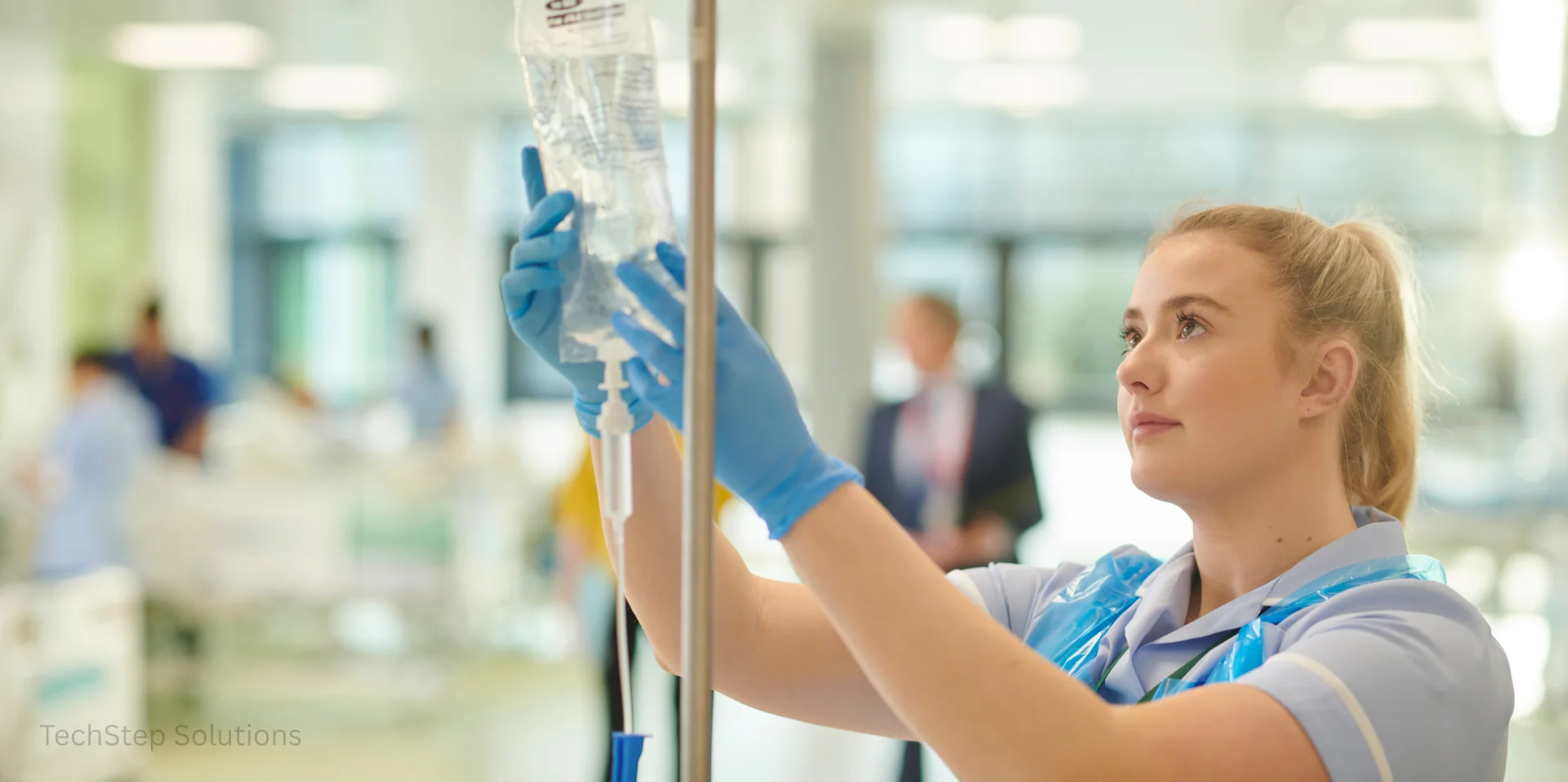
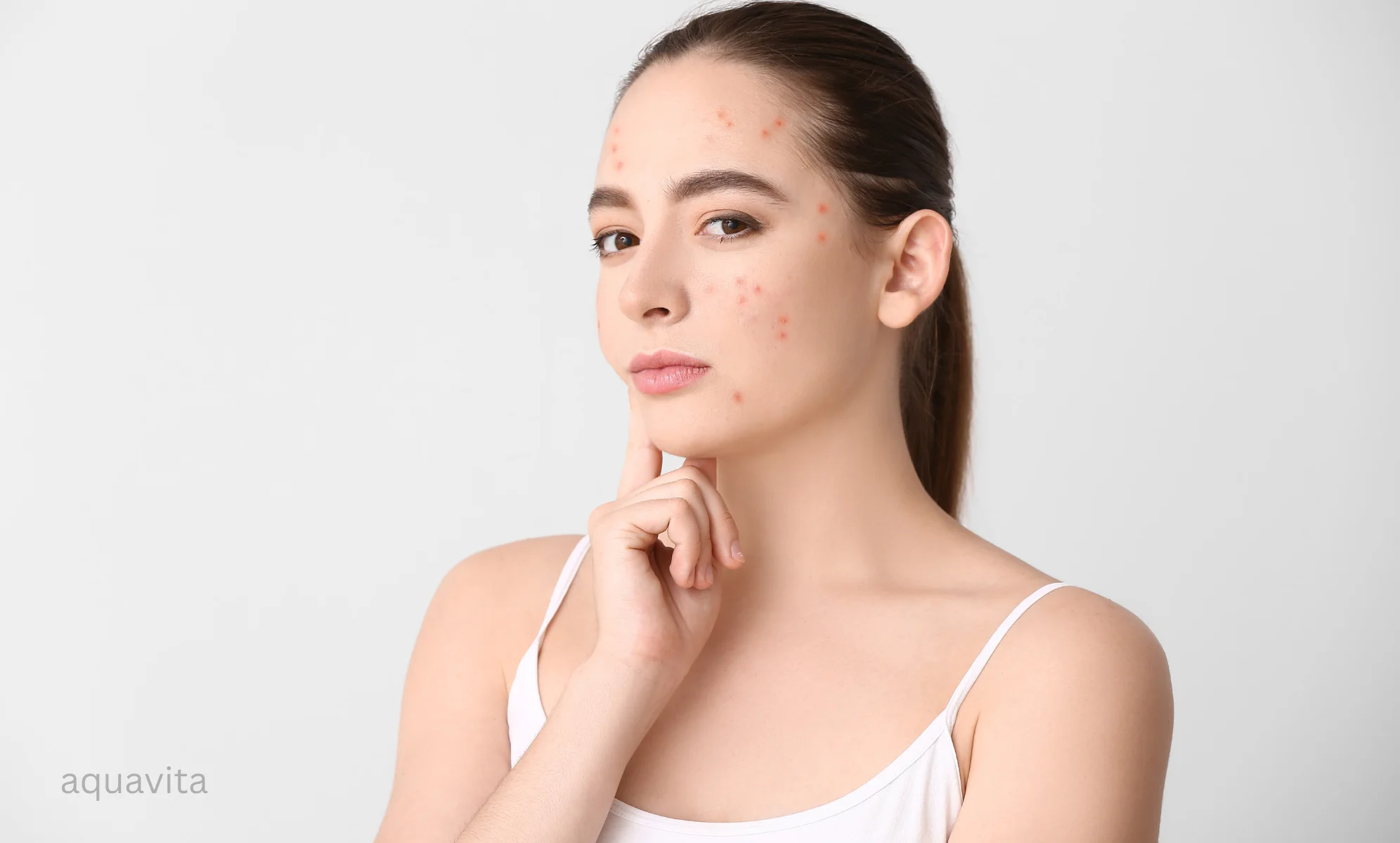
Fungal acne is caused by yeast overgrowth on the skin. Learn how to identify and treat it effectively—discover solutions for clear, healthy skin today!
Struggling with stubborn bumps on your forehead, chest, or back that just won’t go away? These may not be regular acne. Fungal acne, also called Malassezia folliculitis, occurs when yeast overgrows in your hair follicles. Many people mistake it for typical acne, leading to ineffective treatments and frustration.
Understanding the true causes of these breakouts is the key to clear, healthy skin. Identifying triggers helps you choose the right Acne Treatment. With proper care, you can finally manage your skin and break free from persistent flare-ups.
Fungal acne is a unique condition caused by a fungal infection, not bacteria. Unlike bacterial acne or typical acne, it needs different care. Many people mistake it for regular acne, which can make treatments ineffective.
The symptoms are often small, uniform bumps that appear in clusters. These breakouts can be itchy and usually show up on the forehead, chest, back, or shoulders. Their pattern often looks like a rash, which helps distinguish this condition from regular acne.
Another key difference is how it reacts to conventional acne products. Standard washes or antibiotic creams may make breakouts worse. That’s why accurate diagnosis is crucial. A professional Acne Treatment plan can help restore healthy skin and reduce persistent breakouts.
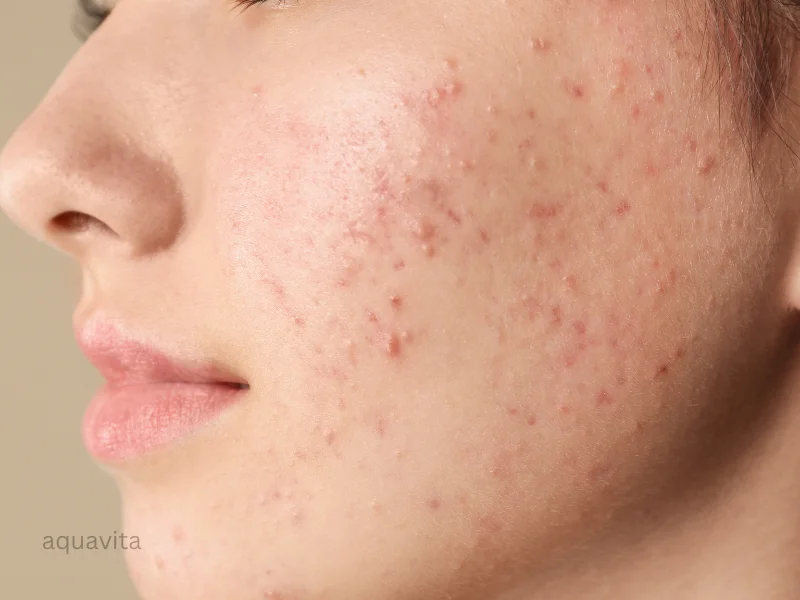
Several factors can trigger fungal acne causes. Hot and humid weather often encourages fungal growth. Sweat trapped against the skin creates a warm, moist environment where yeast thrives. People living in tropical areas or experiencing summer flare-ups may notice more breakouts.
Lifestyle habits also play a role. Wearing tight clothing, reusing sweaty workout gear, or spending long hours in masks can worsen fungal acne on brown skin or other areas. Prolonged workouts without showering make it easier for yeast to infect skin cells and cause fungal acne chest or fungal acne forehead.
Medical and hormonal factors matter too. Antibiotic use can disturb the natural balance of skin bacteria, allowing yeast overgrowth. A weakened immune system also reduces the body’s ability to control yeast. Increased sebum production from hormonal changes can feed the fungus, leading to persistent bumps. Understanding these triggers is essential to prevent breakouts and choose the right treatment.

Bumps on the cheeks, chin, and other facial areas, also called fungus face acne or fungal acne cheeks, often appear in small, uniform clusters. They can be itchy and resemble a rash. Many confuse these with typical acne, delaying proper care and effective Acne Treatment.
On fungal acne on brown skin and other regions, bumps may appear red or darker. These fungal acne symptoms are usually consistent in size and flare with heat or sweat. Recognizing the causes of fungal acne in different skin types prevents spreading and worsening of the condition.
Fungal acne chest, fungal acne forehead, and other areas like shoulders or back often appear in symmetrical clusters. Unlike common acne, these breakouts resist standard treatments. Identifying these patterns aids in selecting the right Acne Treatment for lasting results.
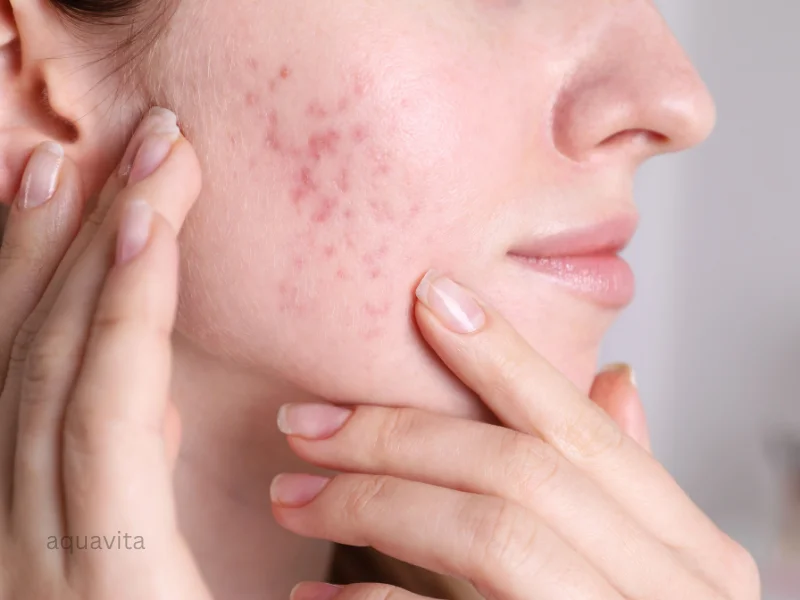

Getting an accurate diagnosis is essential to treat persistent breakouts effectively. A dermatologist can determine whether a fungal infection is the underlying cause. Many people mistakenly treat it as regular acne, which can worsen the condition and delay relief. Understanding the root cause helps you choose the right Acne Treatment and avoid unnecessary frustration.
Assessment may involve examining skin cells through skin scraping, KOH tests, or Wood’s lamp examinations. These methods identify yeast overgrowth and distinguish fungal acne from bacterial acne. Early and correct diagnosis ensures treatments work properly, reduces recurring bumps, and helps restore healthy, balanced skin faster.
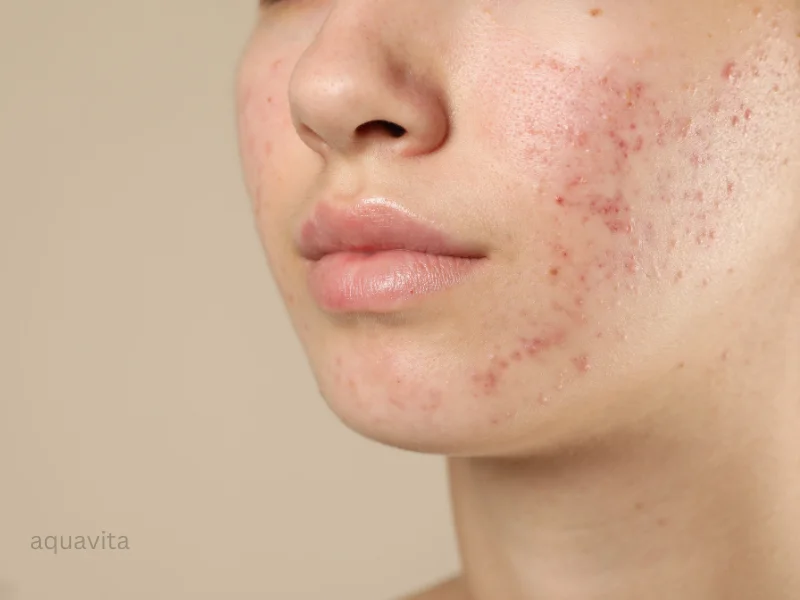
Topical antifungal treatments are key for controlling persistent fungal infections on the skin. Products like ketoconazole, selenium sulfide, and zinc pyrithione help manage yeast overgrowth. Using a fungal acne wash regularly cleanses skin, reduces oil, and prevents new breakouts.
For severe cases, oral antifungal medications may be needed. These target deeper fungal infections in hair follicles and speed up recovery. A dermatologist can determine if oral therapy is safe and suitable for your skin type.
Lifestyle adjustments and combination therapies support treatment. Wearing breathable clothing and showering after sweating prevents yeast growth. Gentle exfoliation keeps follicles clear, while barrier repair products restore healthy skin. Professional guidance ensures the right Acne Treatment, reducing flare-ups and maintaining clear, balanced skin over time.

Controlling your environment helps reduce fungal growth. Keep living spaces well-ventilated and maintain good hygiene. Avoid letting sweat or moisture stay trapped against the skin, especially during workouts or in hot, humid weather.
Skincare choices are important. Use non-oily and non-comedogenic products to maintain healthy skin without feeding yeast. Gentle cleansers and lightweight moisturizers support the skin’s natural barrier and prevent the condition from worsening.
Lifestyle habits also play a role. Limiting sugar intake, managing stress, and getting enough sleep support a healthy immune system. A strong immune system helps control yeast overgrowth naturally. Monitoring your skin during hot or humid periods helps catch early signs of flare-ups. Prompt action and consistent habits reduce recurrence, keeping breakouts under control and maintaining clear, comfortable skin over time.
Unlike typical acne, this condition results from a fungal infection in the hair follicles. Bumps are often uniform and itchy.
Duration depends on triggers and treatment. Proper care can improve fungal acne symptoms in a few weeks. Untreated cases may persist longer.
Yes. Excess oil provides food for yeast, worsening fungal acne causes and promoting fungal growth on the skin.
Fungal acne is not usually contagious. It develops when yeast overgrows on your own skin, not through contact.
Yes, persistent bumps and inflammation can leave post-inflammatory hyperpigmentation, especially in people with darker skin tones.
Understanding these common questions helps you recognize fungal acne symptoms early and choose the right Acne Treatment for lasting results.

What causes fungal acne includes triggers like heat, humidity, excess oil, tight clothing, and imbalances in the skin’s natural microbiome. Understanding these causes is crucial for accurate diagnosis and choosing the right Acne Treatment.
At AquaVita Wellness & MedSpa, proactive lifestyle and skincare guidance help prevent fungal growth. Wearing breathable fabrics, showering after workouts, and using non-oily skincare support healthy skin. Managing diet, stress, and sleep strengthens the immune system.
Recognizing early fungal acne symptoms and addressing them promptly reduces flare-ups, promotes clear and comfortable skin, and minimizes the risk of recurrent breakouts over time.


Sophia L.
2024-12-24

I had an amazing experience at aquavita Med Spa! The staff was so welcoming, and the results were incredible. I feel more confident than ever.

Olivia M.
2024-10-18

The treatments here are life-changing. I loved how they personalized everything to suit my needs. My skin is glowing like never before!

Emma W.
2024-10-12

This spa is my go-to place for relaxation and self-care. Every visit leaves me feeling rejuvenated and beautiful. Highly recommend!

Isabella T.
2024-10-28

I was impressed by how attentive they were to my concerns. The results speak for themselves—I’m absolutely thrilled with my transformation.

Mia R.
2024-10-09

The level of care and expertise at aquavita Med Spa is unmatched. I walked out feeling like the best version of myself. Truly a wonderful experience.
Our Policies
About Us
Copyright © 2025 Aquavita Medspa | All rights reserved